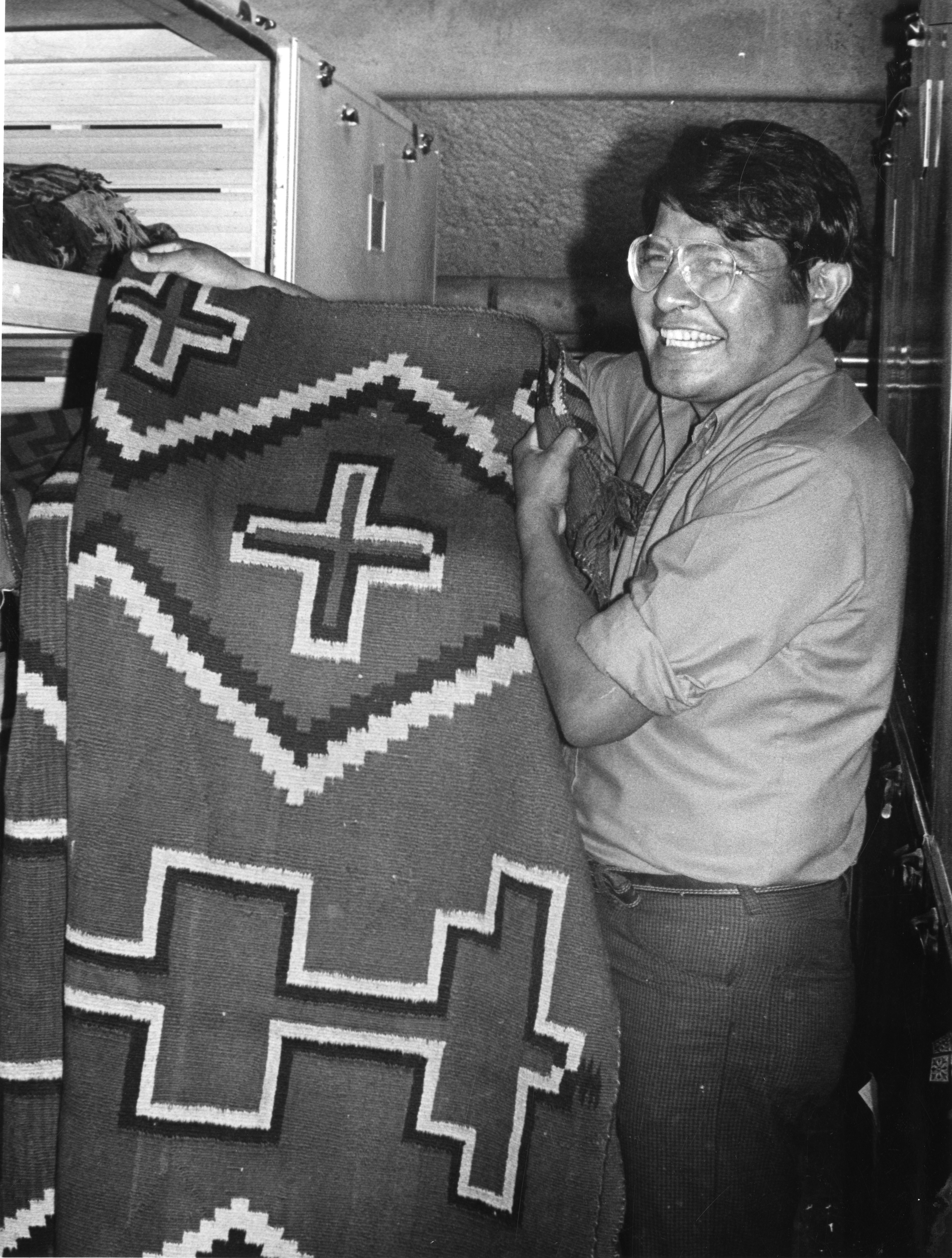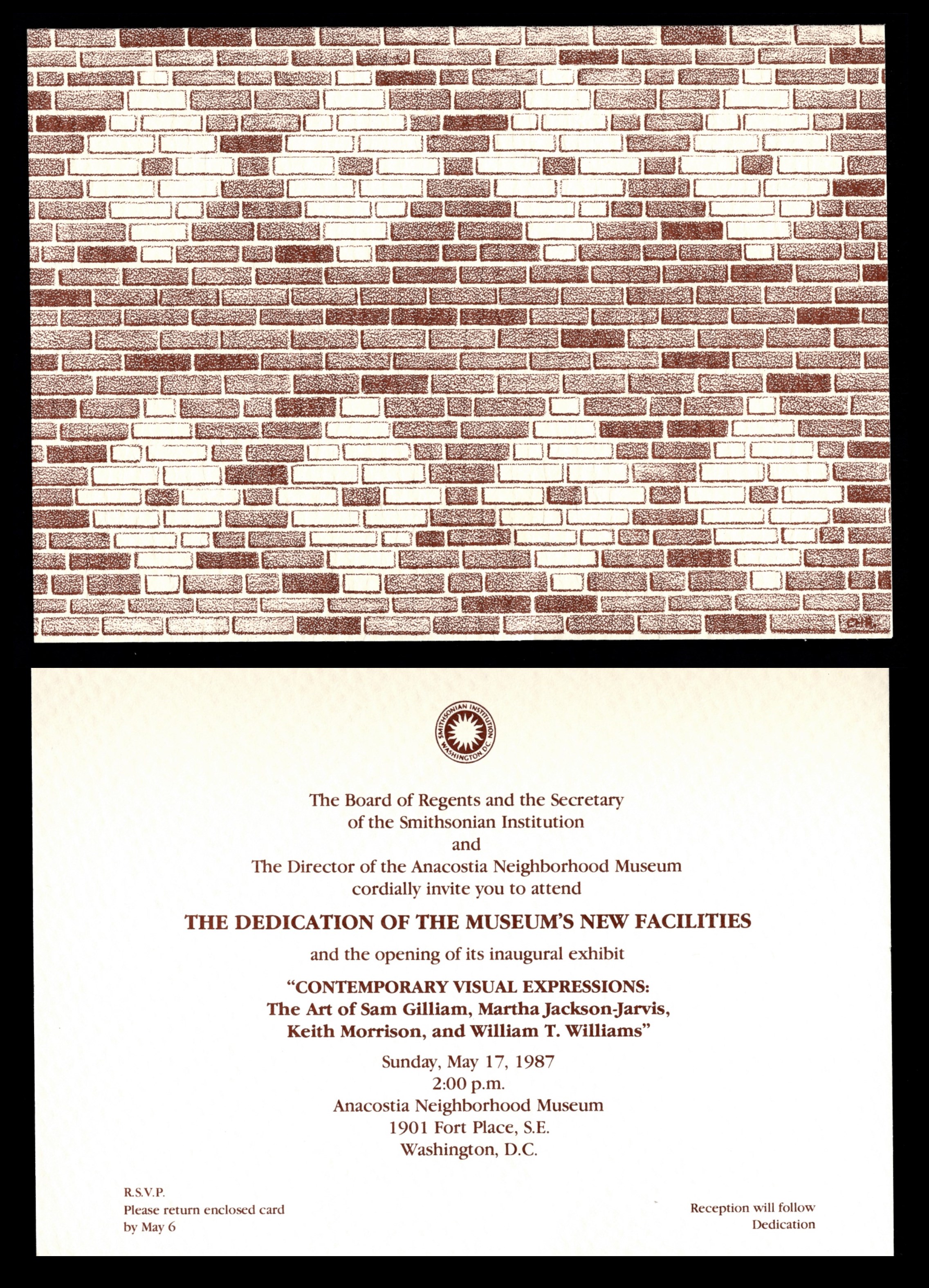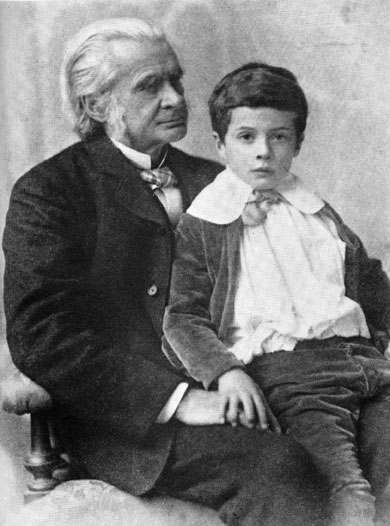Results for "United Nations Development Programme"

Harry Walters - Director of the Diné College Museum, 1973-2008
- Date: July 30, 2020
- Creator: Mitch Toda
- Description: Before becoming the Director of the Diné College Museum in Arizona, Harry Walters spent three months at the Smithsonian learning techniques for the care and handling of artifacts, including their identification, description, conservation, storage, and exhibition.

Celebrating Handwriting with the Hungerford Deed
- Date: January 21, 2021
- Creator: William Bennett
- Description: Handwriting is a personal passion of mine, despite it having become something of a lost art. Today, when most people think of handwriting at all, it is as a greatly individual method of writing recognizable characters, regardless of the writing system, but in the past, when you could make a living as a scribe, there were highly standardized styles.
- Blog Post
Documenting a Life of One’s Own
- Date: March 24, 2022
- Description: Consider the courage it took for some of the earliest women in science at the Smithsonian to donate their personal papers to the Institution.

Design + Archives: Anacostia Community Museum
- Date: February 21, 2017
- Creator: Mitch Toda
- Description: Celebrating 50 years in 2017, the Anacostia Community Museum opened on September 15, 1967.

The Education of George C. Wheeler - Part III
- Date: February 7, 2013
- Description: George C. Wheeler and his travel in the Caribbean illustrate the interplay between science and tourism in Latin America.
- Blog Post
Science Service, Up Close: John Clavon Norman, Jr. – Pathbreaking Cardiac Surgeon and Researcher
- Date: August 23, 2018
- Creator: Marcel Chotkowski LaFollette
- Description: [edan-image:id=siris_arc_395101,size=300,left]When Harvard Medical School distributed these photographs of John Clavon Norman, Jr., M.D. (1930-2014) to news services in the 1960s, Dr. Norman was at an exciting stage of his career. The young physician had already made quite a journey, but there would be even more paths to blaze. He had been born in West Virginia to parents who
What a Groovy Idea! A Pan-Institutional Survey of Audiovisual Collections
- Date: April 21, 2016
- Creator: Alison Reppert Gerber
- Description: In celebration of Preservation Week 2016, here’s a brief overview of surveys and their role in preservation, as well as a look into an audiovisual survey currently taking place right here at the Smithsonian.

Museum Computer Network and the Smithsonian Institution: Support and Encouragement
- Date: April 18, 2017
- Description: In honor of the 50th anniversary of the Museum Computer Network, this second blog explores the early interactions of MCN with the Smithsonian.
Further Research in the Conservation and Preservation of Letterpress Copybooks
- Date: January 26, 2016
- Description: Postgraduate Fellow Laura Dellapiana presents new research outcomes for stabilization of letterpress copybooks with significant damage.
- Blog Post
The Smithsonian and Latin America
- Date: February 15, 2018
- Creator: Pamela M. Henson
- Description: [edan-image:id=siris_sic_9988,size=500,center]While many people view the Smithsonian as a complex of museums in Washington, DC, it began as and still is an international organization devoted to research and education. A look at the Smithsonian Global website reveals where Smithsonian staff can be found today.Since the Smithsonian’s founding in 1846, the Institution has
- Blog Post
The Smithsonian’s First Garden
- Date: May 31, 2018
- Creator: Lisa Fthenakis
- Description: [edan-image:id=siris_sic_9273,size=500,center]Have you ever heard of Smithsonian Park? If you are visiting the Smithsonian today, probably not. But if you had visited the Smithsonian in the 1850s, it would have been one of the first things you experienced.Smithsonian Park occupied the area between the Smithsonian Institution Building, or the Castle, and Downtown Washington,

A Founding Father's Day
- Date: June 16, 2016
- Creator: Hillary Brady
- Description: A closer look at Presidents John Adams and John Quincy Adams, and the father-son duo's relationship to the Smithsonian.
